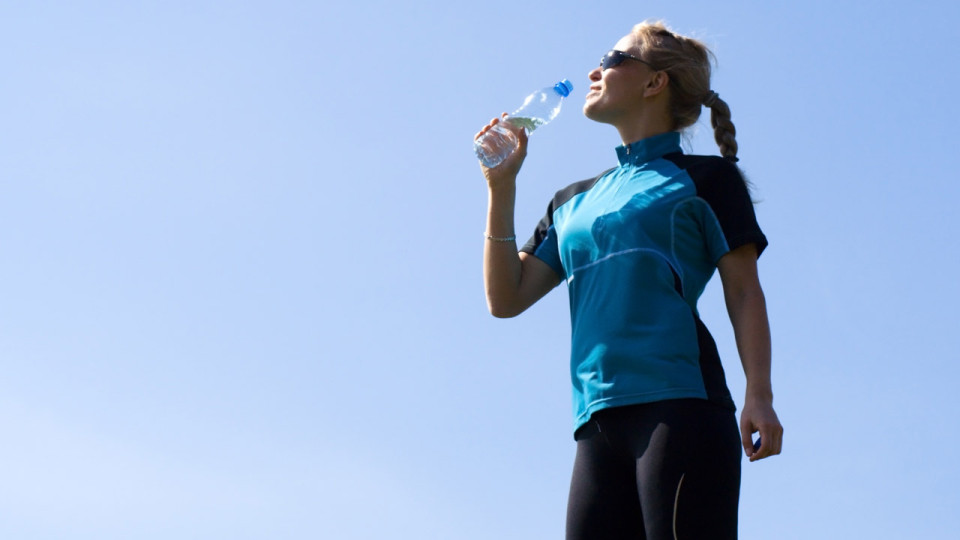You’ve drank sufficient fluids before a race, stocked yourself on energy fuels during one, and yet the cramps set in once in a while. In some serious cases, spasms and muscle revolt can even cause complete impairment. It’s about time you take electrolytes into consideration on a more active note. Steve Born, a veteran of nutritional research, talks about optimal electrolyte replenishment – republished with permission from Hammer Nutrition.
Don’t Rely on Salt Tablets to Fulfil Electrolyte Requirements
“Electrolyte replenishment” does not mean “sodium or salt replenishment.” Sodium chloride (a.k.a. “salt”) is indeed an important component of electrolyte replenishment but it does not fulfil the entire requirement. Calcium, magnesium and potassium should be replenished as well as all these minerals play key roles in the maintenance of many important body functions.
Most of us obtain more than enough salt from our daily diet and most athletes have a reservoir of upwards of 8,000 to 10,000mg stored in body tissues. In other words, when you start your race you’ll most likely be doing so with a huge reserve of sodium chloride “onboard”.

Keep in mind that “too much” can have as many performance inhibiting-to-ruining consequences as “not enough”. Over the years we have observed that far too many athletes “over-salt” their bodies during exercise, with a variety of maladies such as bloating, water retention (edema-like symptoms), and stomach distress being the usual and undesirable outcome.
When it comes to sodium/salt replenishment, the key is to provide an appropriate dose to support the maintenance of normal body functions without overwhelming the body with too much, which will override and neutralise those mechanisms.
How much salt is enough?
Electrolyte depletion is a wide variable – you can’t rely on a “one-size fits all” bottled drink or drink mix. You need to experiment and find your own range for any given weather condition and duration of exercise. That being said, 200 to 400mg of sodium chloride (salt) per hour, as part of a full spectrum electrolyte replenishment product, is a good starting point for most athletes under most conditions. Certainly, there will be occasions when 100 to 200mg of salt will be completely adequate; on hot weather workouts or races, it may be necessary to consume 500 to 600mg/hr.





